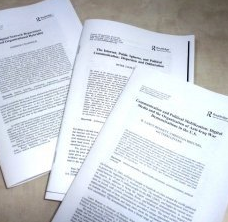1. ABOUT THE INTERNET OF THINGS
The Internet of Things (IoT) has become a globally recognized term in workplaces and homes, and in a literal sense could be used to describe anything that is connected to the internet. However, if you ask what sort of devices are included in the IoT, then you are likely to get differing answers with respondents describing the devices they have come into contact with, or know about. This can include everything from cell phones, smart bulbs, fitness trackers, smart speakers and dishwashers, all the way to water quality sensors in pumping stations. When predictions on the proliferation of IoT devices started to emerge, we heard huge numbers from analysts. 50 billion by 2020 was the number quoted in a presentation by Ericsson’s former CEO Hans Vestberg in 2010. Eight years later the initial hype around the industry sector has subsided and the numbers cited are more conservative. Today, Ericsson offers a more nuanced view, estimating that around 29 billion connected devices are forecast by 2022, of which around 18 billion will be related to IoT. While the numbers game will remain ongoing, what is certain is that many of these devices will be consumer gadgets which may bring numerous benefits to households, but may also threaten consumers’ privacy and security. The sensors packed into Smart Home products – with their microphones, cameras, interface with GPS, not to mention interoperability – are juicy targets for malware attacks. By gaining control over these devices, cybercriminals can not only attack other devices on a user’s network but also spy and gather sensitive and personal data.








